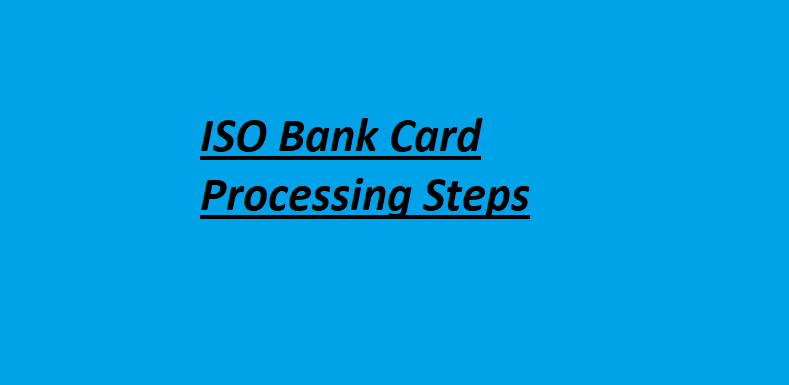What Are The Standard ISO Bank Card Processing Steps?
Both customers and businesses can benefit from learning about ISO bank card processing. Processing entails more than one party. There are four distinct contributors required to complete each transaction. They include the cardholder, card issuer, merchant, and sponsoring financial institution. Each plays a specific role in Independent Sales Organization or ISO processing. The customer first has to make a purchase with their card. Whichever bank sponsors the merchant account seeks transaction authorization through merchant communication. The payment is verified by the issuing financial institution. This is the basic overview of what steps are necessary for handling card payments. It takes only a few seconds to approve a transaction. Processing occurs at the end of the day by sending a batch file to the sponsoring bank. Credit payments are a convenient way for merchants to do business.
ISO Credit Card Processing: Putting It All Into Perspective
Authorization is the first step in ISO credit card processing. Whether the payment is made online or in the store, the merchant must accept the card. This step involves swiping the card or entering the numbers through another method. The merchant immediately sends the information to the sponsoring bank for authorization. Card authorization involves sending information such as the account number, card verification value (CVV), purchase data, and the expiration date. Upon receiving this data, the issuing bank verifies that the information matches their customer data. If the card number is invalid or there is not enough credit available, authorization will fail. Other checks involve making certain the purchase matches the usual spending of the consumer. These precautions help protect both parties from card fraud. Total purchase price is not removed from the available credit limit until approval has taken place.
Tips for Merchants Using ISO Processing
- Keep Communication Clear: Ensure your customers know the terms of payment and refunds to avoid chargebacks.
- Monitor Transactions Daily: Regularly review transaction batches and reports to catch any irregularities early.
- Leverage Fraud Protection Tools: Take advantage of fraud prevention features offered by your ISO processor to minimize losses.
- Track Processing Fees: Stay on top of your processing costs to ensure they remain within a reasonable range.
Transaction Approval and Fund Transfer
A response regarding the approval status is sent to the sponsoring bank. When a payment is denied, the merchant will receive a message requesting a different payment method. Approval involves payment confirmation and a receipt. The issuer then transfers the money to the sponsoring merchant service. The merchant sets aside all funds in a batch file for end-of-day processing. Then, they send a request to the sponsoring financial institution for daily transaction payments. The ISO credit card processing deducts the merchant services fees. Finally, the business deposits the remaining funds into its private bank account. Occasionally, a transaction may experience a few days of hold due to processing complications. This is very rare in comparison to the number of successful payments merchants experience each day. Processing through a third party merchant services provider is affordable. It is typically less complicated than attempting to handle all transactions through a local banker. This is because the service provider settles all disputes while performing a majority of the work for a minimal cost. ISO bank card processing is the new way of providing convenient services to consumers. Even smaller businesses can benefit from having the capability of accepting plastic. In store and online credit acceptance makes it easy for customers to purchase business products or services.








